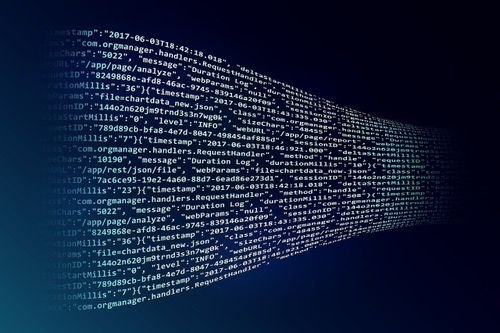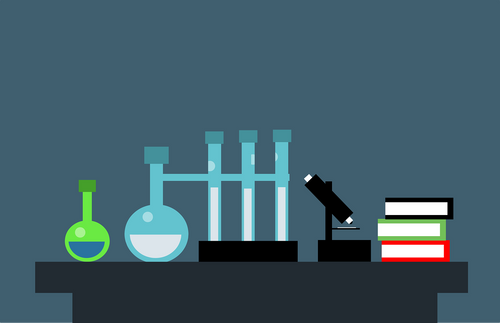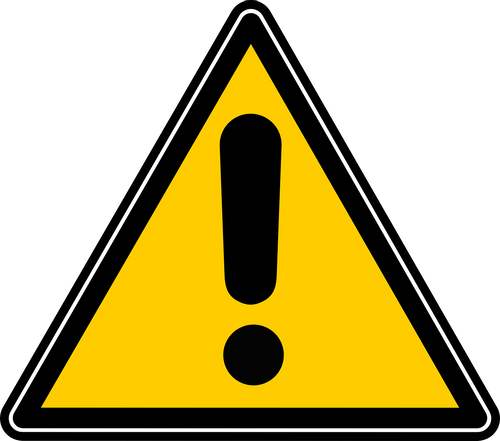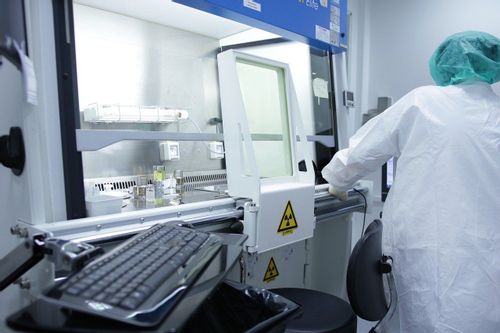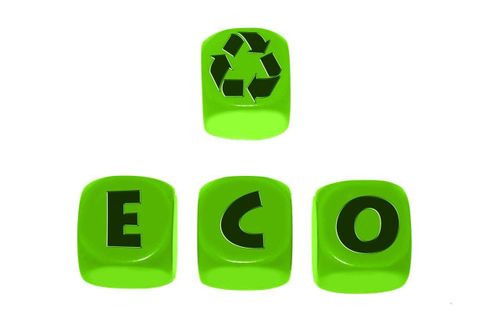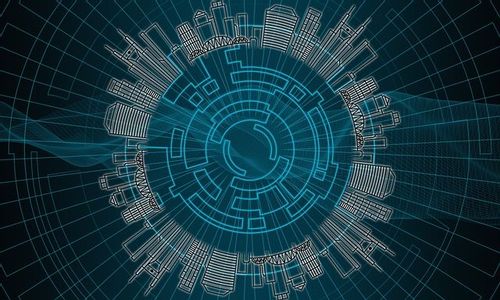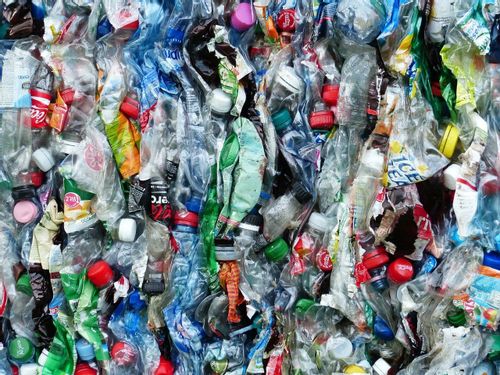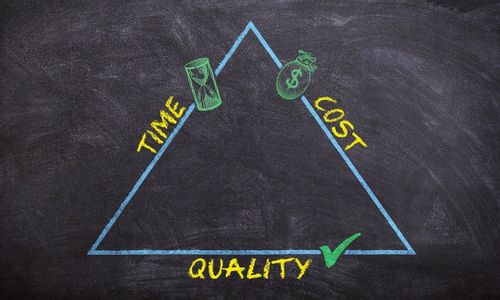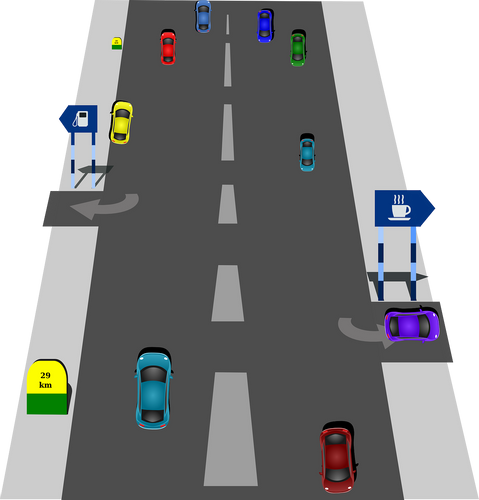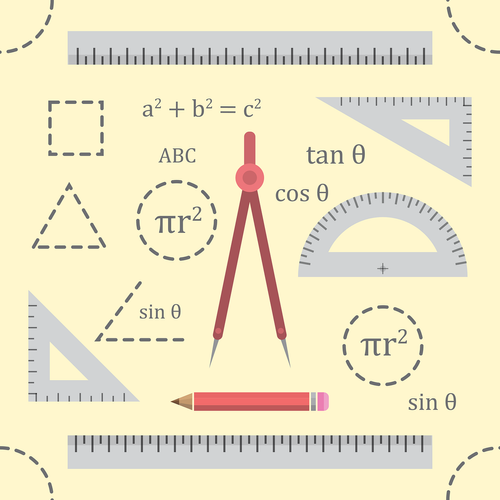Standards Packages
iTeh together with SIST has developed and compiled a comprehensive collection of standard packages to support your standard requirements. Our packages cover an array of content that includes quality management, risk management, road vehicles, machine safety, and much more. With over 200 packages to choose from, you are sure to find a collection to suit your standard needs.
Latest Standards
This document describes approaches and methods that can be used to achieve explainability objectives of stakeholders with regard to machine learning (ML) models and artificial intelligence (AI) systems’ behaviours, outputs and results. Stakeholders include but are not limited to, academia, industry, policy makers and end users. It provides guidance concerning the applicability of the described approaches and methods to the identified objectives throughout the AI system’s life cycle, as defined in ISO/IEC 22989.
- Technical specification69 pagesEnglish languagesale 15% off
- Draft68 pagesEnglish languagesale 15% off
- Draft68 pagesEnglish languagesale 15% off
This document specifies quality measures for quantitatively measuring quality characteristics that are specified by ISO 8000-210 for use with sensor data. The following are within the scope of this document: — fundamental principles and assumptions for measuring the quality of sensor data; — quality measures for sensor data, in respect of corresponding quality characteristics and data anomalies; — requirements for using data quality characteristics and data quality measures for measuring the quality of sensor data. The following are outside the scope of this document: — analogue, image, video and audio data that are captured by sensors; — signal processing that converts or modifies analogue data to create digital data; — methods to measure and improve data quality.
- Standard13 pagesEnglish languagesale 15% off
- Draft13 pagesEnglish languagesale 15% off
- Draft13 pagesEnglish languagesale 15% off
This document specifies two methods for the assessment of surface resistance to different kinds of visible scratches. It is applicable to the rigid surfaces of all finished products, regardless of their material. It does not apply to finishes on leather and fabrics. Method A is suitable for all types of surface coatings and coverings except for melamine faced boards (in accordance with EN 14322) and HPL (in accordance with EN 438-1). It simulates measurable penetrating and/or deforming scratches. Method B is suitable for all types of surfaces. It simulates first visible traces (e.g. scratches, marks) that can also be a change in the gloss. The test is intended to be carried out on a part of finished furniture. It can, however, be carried out on test panels of the same material, finished in an identical manner to the finished product, and of a size sufficient to meet the requirements of the test. The test is carried out on unused surfaces without any defects or damages.
- Standard18 pagesEnglish languagesale 15% off
- Draft18 pagesEnglish languagesale 15% off
- Draft18 pagesEnglish languagesale 15% off
This document specifies a method for the determination of the bulk density, apparent porosity and true porosity of dense shaped refractory products. Shaped refractories are those which have fixed geometry and dimensions when delivered to the user. This document is accordingly applicable to standard shape refractory bricks, but also special shapes refractory products and pre-cast products. This document is also applicable to unshaped refractories (see ISO 1927-6) after preparation of test specimens according to ISO 1927-5. NOTE For shaped insulating refractory products, the bulk density and true porosity are determined in accordance with ISO 5016.
- Standard12 pagesEnglish languagesale 15% off
- Draft12 pagesEnglish languagesale 15% off
This document specifies a method to evaluate the general thermal comfort of people in a space and the degree of discomfort (thermal dissatisfaction) of people exposed to moderate thermal environments. It defines the analytical determination and interpretation of thermal comfort using calculation of predicted mean vote (PMV) and predicted percentage of dissatisfied (PPD) and local thermal comfort criteria, giving the environmental conditions considered acceptable for general thermal comfort as well as those representing local discomfort. It is applicable to healthy men and women exposed to indoor environments where thermal comfort is desirable, but where moderate deviations from thermal comfort occur, in the design of new environments or the assessment of existing ones. Although developed specifically for the work environment, this document is applicable to other kinds of environment as well.
- Standard35 pagesEnglish languagesale 15% off
- Standard35 pagesFrench languagesale 15% off
- Draft35 pagesEnglish languagesale 15% off
- Draft35 pagesEnglish languagesale 15% off
- Draft36 pagesFrench languagesale 15% off
This document specifies the application of dynamic light scattering (DLS) to the following: — measurement of average hydrodynamic particle size; — measurement of the size distribution of mainly sub micrometre-sized particles, emulsions or fine bubbles dispersed in liquids. This document is applicable to the measurement of a broad range of dilute and concentrated suspensions.
- Standard64 pagesEnglish languagesale 15% off
- Draft63 pagesEnglish languagesale 15% off
- Draft63 pagesEnglish languagesale 15% off
This document establishes principles for and gives guidance on using a service excellence maturity model (SEMM). This document is applicable to all organizations delivering services, such as commercial organizations, manufacturing companies, public services and not-for-profit organizations. In accordance with ISO 23592, it can help organizations to determine their own maturity level with regard to service excellence. It also offers guidance for future improvements and can be used for internal and external audits. An organization can decide for itself whether the whole service excellence model with its four dimensions and nine elements or only selected dimensions and elements are assessed and improved.
- Technical specification10 pagesEnglish languagesale 15% off
- Draft11 pagesEnglish languagesale 15% off
- Draft11 pagesEnglish languagesale 15% off
This document specifies the procedure for registration of organization identification schemes, and the requirements for the administration of International Code Designator values, to designate these organization identification schemes.
- Standard9 pagesEnglish languagesale 15% off
- Draft9 pagesEnglish languagesale 15% off
- Draft9 pagesEnglish languagesale 15% off
This document gives guidance on the application of ISO 9001:2015 in police organizations. This document can assist a police organization to demonstrate its ability to consistently provide products and services that meet expectations of interested parties as well as applicable statutory and regulatory requirements. This document can assist a police organization in the satisfaction of interested parties. This document does not provide definitive interpretations of ISO 9001. This document is applicable to police organizations of all types, sizes, maturity level service and geographic location (e.g. police stations, border crossings, correctional facilities, civil defence).
- Standard89 pagesEnglish languagesale 15% off
- Draft110 pagesEnglish languagesale 10% offe-Library read for1 day
- Draft89 pagesEnglish languagesale 15% off
- Draft89 pagesEnglish languagesale 15% off
This document describes the delivery of functional, economic, environmental, social, societal, cultural, intellectual and personal benefits by AI systems as perceived by their stakeholders. The document includes illustrative use cases of AI systems.
- Technical report25 pagesEnglish languagesale 15% off
- Draft25 pagesEnglish languagesale 15% off
- Draft25 pagesEnglish languagesale 15% off
- Amendment8 pagesEnglish languagesale 10% offe-Library read for1 day
This document gives guidance on how to promote and implement gender equality and women’s empowerment. It provides guidelines for organizations to develop the capabilities to achieve a culture of gender equality and women’s empowerment. The guidelines include the framework, resources, policies, tools and good practices for contextualizing, promoting and implementing gender equality.
This document focuses on the inequality resulting from the gender specific roles assigned to women, girls, men and boys and is applicable to all types of organizations (public or private), regardless of their size, location or field of activity.
This document does not address the specific aspects of relations with labour unions or work councils, nor the country-specific regulations and compliance relating to gender diversity.
- Standard60 pagesEnglish languagesale 10% offe-Library read for1 day
This document specifies viewing conditions for images on both reflective and transmissive media, such as prints (both photographic and photomechanical) and transparencies.
This document applies to
— critical evaluation of and comparison between transparencies, backlighted signs, reflection photographic or photomechanical prints and/or a reference object or image,
— appraisal of the tone reproduction and colourfulness of prints and transparencies at illumination levels similar to those for practical use, including routine inspection, and
— critical appraisal of transparencies which are viewed by projection, for comparison with prints, objects, or other reproductions.
This document is not applicable to soft-proofing displays, for paper manufacture, and other applications outside of graphic technology and photography.
- Standard36 pagesEnglish languagesale 10% offe-Library read for1 day
- Standard29 pagesEnglish languagesale 15% off
- Draft29 pagesEnglish languagesale 15% off
- Draft29 pagesEnglish languagesale 15% off
This document specifies the procedure for classification of the resistance to fire performance of construction products and building elements used as components of building service installations, using data from fire resistance tests which are within the direct field of application of the relevant test method. Classification on the basis of extended application of test results is also included in the scope of this document.
Construction products or building elements for use in ventilation systems include (excluding smoke control system):
— fire resisting ventilation ducts;
— fire dampers.
Construction products or building elements for use in or as cables systems:
— unprotected electric cables with intrinsic fire resistance;
— fire protective systems for cable systems and associated components.
Relevant test methods which have been prepared for these construction products/building elements are listed in Clause 2.
NOTE Cables associated with fire dampers are not generally covered by this document unless there is a local regulation that requires it.
- Standard29 pagesEnglish languagesale 10% offe-Library read for1 day
This document specifies graphical symbols for diagrams related to industrial components, products and processing.
This document constitutes a symbol library, from which users can use the symbols or created symbol examples for use in diagrams (see Tables 1 to 149).
General rules and guidance for the preparation and presentation of graphical symbols are given in ISO 14617-1. Application rules for the symbols are shown in normative Annex A.
This document does not apply to:
— graphical symbols for fluid power objects, see ISO 1219-1 (the collective application standard of the ISO 14617 series);
— symbols of measurement and control functions such as mathematical functions and process functions;
— graphical symbols for electrotechnical objects, see the IEC 60617 database.
Symbols deleted from the previous edition of the ISO 14617 series are summarized in informative Annex B as a reference. The alphabetic index of symbols defined in this document is shown in informative Annex C.
- Standard248 pagesEnglish languagesale 10% offe-Library read for1 day
- Standard237 pagesEnglish languagesale 15% off
This document defines terms used in digital imaging.
- Standard5 pagesEnglish languagesale 15% off
- Standard10 pagesEnglish languagesale 10% offe-Library read for1 day
This document specifies a method for the separation of fatty acid methyl esters (FAME) from middle distillates by liquid chromatography (LC) and for the determination of the pattern of the fatty acid methyl esters by gas chromatography (GC) according to EN 14103.
This document is applicable for the determination of the pattern of the fatty acid methyl esters for the calculation of the average molecular mass of FAME according to EN 14078 [1].
Independently from the origin of the middle distillate, this method is applicable to FAME of vegetable or animal origin that contain fatty acid methyl esters between C6:0 and C24:1. The method is suitable for the separation and determination of FAME from middle distillates with FAME contents of at least 2 % (V/V).
NOTE For the purpose of this document, the terms % (V/V) and % (m/m) are used to express volume fractions in % or mass fractions in %.
- Standard9 pagesEnglish languagesale 10% offe-Library read for1 day
NEW! IEC 61071:2017 is available as IEC 61071:2017 RLV which contains the International Standard and its Redline version, showing all changes of the technical content compared to the previous edition.
IEC 61071:2017 applies to capacitors for power electronics applications. The operating frequency of the systems in which these capacitors are used is usually up to 15 kHz, while the pulse frequencies may be up to 5 to 10 times the operating frequency. The document distinguishes between AC and DC capacitors which are considered as components when mounted in enclosures. This document covers an extremely wide range of capacitor technologies for numerous applications, e.g. overvoltage protection, DC and filtering, switching circuits, energy storage, auxiliary inverters, etc. This second edition cancels and replaces the first edition published in 2007. This edition constitutes a technical revision. This edition includes the following significant technical changes with respect to the previous edition:
- Introduction of new terms and definitions;
- clarifications for surge discharge test;
- indications for measuring procedure during thermal stability test;
- clarifications for self-healing test;
- clarifications for endurance test;
- clarifications for destruction test;
- update of normative references;
- general editorial review.
- Standard50 pagesEnglish languagesale 10% offe-Library read for1 day
This document specifies requirements and test methods for marketed and delivered unleaded petrol. It is applicable to unleaded petrol for use in petrol engine vehicles designed to run on unleaded petrol.
This document specifies two types of unleaded petrol:
- one type with a maximum oxygen content of 3,7 % (m/m) and a maximum ethanol content of 10,0 % (V/V) in Table 1;
- one type in Table 2 with a maximum oxygen content of 2,7 % (m/m) and a maximum ethanol content of 5,0 % (V/V) intended for older vehicles that are not warranted to use unleaded petrol defined in Table 1.
NOTE 1 The two types are based on European Directive requirements [3], [4] and [13].
NOTE 2 For the purposes of this document, the terms “% (m/m)” and “% (V/V)” are used to represent respectively the mass fraction, µ, and the volume fraction, φ.
- Standard21 pagesEnglish languagesale 10% offe-Library read for1 day
Plastic waterproofing sheets generate plastic waste at different stages during their life cycle: production, construction process, service life and end-of-life.
This document specifies the source of recyclate made from pre-consumer material and post-consumer material as it is used in new products. These new products can be plastic waterproofing sheets, other sheets, other construction products or other products.
It defines terms and definitions.
It gives guidance for assessing the recyclates intended for use in the production of new products.
This document is applicable for similar products as construction sheets or membranes consisting of polymers or plastic components such as: swimming pool membranes, geosynthetic membranes, garden ponds membranes, protection membranes, accessories based on thermoplastic material such as walkways, prefabricated pieces. The listing is not exhaustive.
NOTE The design for recycling of packaging, including the recycling itself, is defined in the CEN/TC 261 “Packaging”.
- Standard17 pagesEnglish languagesale 10% offe-Library read for1 day
Benefits

Full Standards Solution
Our catalog includes not only latest standards but also full meta information about related standardization project lifecycle.

Cost Effective
Our PRICE MATCH GUARANTEE policy with multi-level volume discounts gives our clients the best option in the market. In addition, you can get access to the standards for 3, 10, or 30 days.

Stay Notified
Get alerted to the latest revisions and new standards in the Weekly Newsletter. Standards are constantly changing. Don’t miss a revision that can impact your business.
About Us
iTeh Inc is a software development and IT consulting team of professionals who provide consulting, development and implementation of solutions for all types of businesses.
In cooperation, with the Slovenian Institute of Standardization (SIST), we create a unique solution that covers all aspects of the lifecycle of Standardization organizations. iTeh Standards is a part of the solution that helps SIST to provide and sell their products to Customers.
iTeh Standards Store is an evolving project, our goal is to build long-term relationships with our customers. We believe in delivering quality services to solve our customers' challenges and define success by exceeding our customers' expectations. We are always ready to listen and our experience allows us to provide our customers with helpful effective suggestions. You can contact us by email.
We are committed to providing the best possible experience for our customers.
Compliance with international standards is increasingly becoming one of the key competitive advantages in the global market. Our company creates all conditions for the most comfortable implementation of new documents and norms in the processes carried out by your organization. Some of the key advantages of working with us are:
- Cost-effective - multi-level discounts and permanent updates of the functions give our clients the best option on the market.
- e-Library - access to standards for a period of time of your choice. It is a cost-effective solution for keeping updated with the newest standards.
- Company-wide documents - create a company account and connect all employees with access to purchased standards, e-Library documents, and packages.
- All in one spot - all purchased standards are kept in one place with controlled access by the account administrator.
- Client-centric - providing quality consulting is the prerogative and incentive to create new products that accompany your success and scale.
- 24 / 7 client support
We are dedicated to building mutually beneficial and long-term relationships with our clients. That is why our team focuses on creating services to help our customers develop and achieve new productive results.






